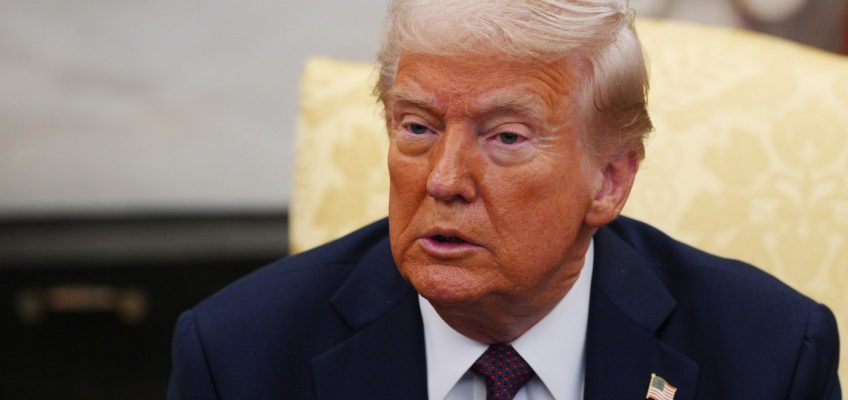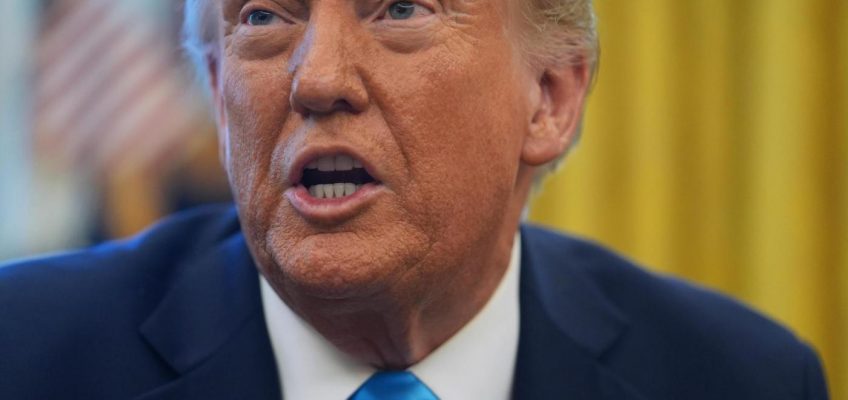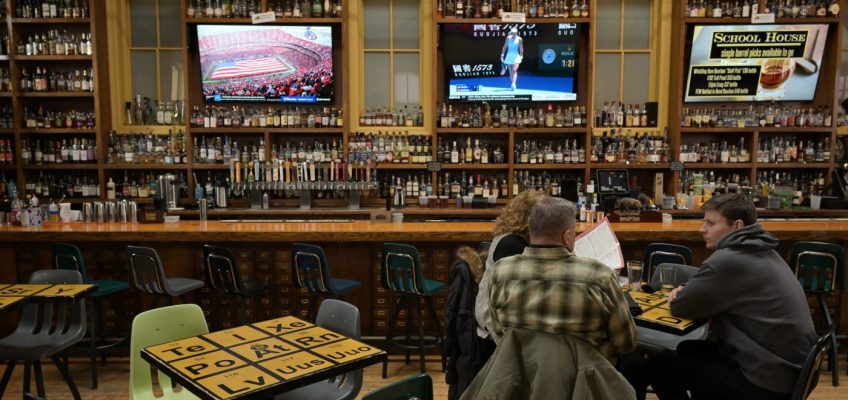Like a senior scorer willing her team to victory, Dawn Plitzuweit didn’t hesitate to take her shot on Monday.
Speaking to reporters, the Gophers women’s basketball coach was asked if she thinks her 20-win team will be an NCAA tournament team regardless of what happens in Minnesota’s first-round Big Ten tournament game Wednesday against Washington.
“I really can’t answer that,” Plitzuweit said.
As far as whether the Gophers deserve a shot, she said, “I absolutely do.”
In the leadup to Wednesday’s 2:30 p.m. CT tip against the Huskies, the Gophers (20-10, 8-10) are absolutely on the bubble to get one of the NCAA tournament’s 68 invitations. Further, they probably need to beat Washington (18-12, 9-9) to convince some, if not all, of the selection committee.
Minnesota lost fairly convincingly to the Huskies on Feb. 26, and in fact lost seven of their last 10 regular-season games. They finished 0-7 against ranked opponents, 0-7 in Quad 1 games — a key metric in determining the field — and finished 13th in the 18-team Big Ten.
The Big Ten has never sent more than seven teams to the NCAA tournament in one year, a feat matched last year, when Iowa, one of four top seeds, lost to South Carolina in the championship game. Thirteen seems like a push.
But Plitzuweit doesn’t think so, and she has a point. And took her shot.
“I would say this. The landscape of college athletics is totally different; it completely changed, 100 percent changed,” she said. “So, if you look at historical numbers of teams that get in from conferences, that all has to go right out the window. It has to.”
After adding Oregon, Southern Cal, UCLA and Washington this season, the Big Ten is up to 18 teams. All four are among the Top 43 in NET (NCAA Evaluation Tool) rankings, which take into account metrics such as results, strength of schedule, game location, offensive and defensive efficiency, and the quality of a team’s wins and losses. UCLA is ranked fifth, Southern Cal sixth, tops among the conference’s 11 teams in the top 41 in a poll the selection committee uses to choose 37 at-large participants in the 68-team tournament.
Heading into Wednesday’s game, Minnesota is ranked No. 38.
“You’ve added four really good teams to our already strong conference and then the other teams have gotten better, too,” Plitzuweit said.
One of those teams is Minnesota, which won five conference games in a 14-team league last season, then advanced to the WNIT final. This season, the Gophers won eight league games but still finished under .500 in conference, another indicator.
“You’re looking at 13 teams in the Top 43 or so of the net. That’s unbelievable,” the Gophers coach added. “When you listen to, or read up on the bracketologists, they’re saying there are 13 teams that are NCAA tournament teams.”
ESPN, in fact, had Minnesota and Washington among the “last four in” on Monday. So does Megan Gauer of herhoops.com, which presumably means they think neither team has to win on Wednesday to make it.
USAToday has three Big Ten teams with Top 4 seeds: UCLA (1), Southern Cal (1) and Ohio State (4). The Gophers lost to all three on the road, getting clobbered by the Bruins but putting a late scare into USC and pushing the Buckeyes to overtime.
All seven of the Gophers games against ranked teams, in fact, were on the road — Nebraska was ranked No. 24 when they played — and seven of their 10 losses were to opponents ranked among the NET’s top 31 teams. The problem is Minnesota has more good losses — slim setbacks at No. 15 Maryland, No. 3 Ohio State and No. 2 USC — than good wins Illinois (No. 31 NET) and Indiana (No, 39).
“This is unprecedented. This is the best, in my opinion,” Plitzuweit said. “The Big Ten women’s basketball conference is the deepest ever in the history of NCAA women’s basketball. It’s never been like this before.”
There’s one way, of course, for the Gophers to take the guess work out of it. The winner of Wednesday’s game advances to play Oregon, a 76-70 winner against Minnesota, on Thursday afternoon.
“I think because our young ladies have competed and knocked off some decent teams, really good teams, and competed with the best teams. I think we have earned an opportunity,” Plitzuweit said. “Now, would it help us to get to work and do some work in the Big Ten tournament? Absolutely.”
Related Articles
Women’s basketball: Gophers finished Big Ten with loss at Michigan State
Women’s basketball: Gophers can’t keep up in 72-62 loss to Washington
Grace Grocholski, Sophie Hart push Gophers to ragged win at Purdue
Women’s basketball: Turnovers killing Gophers during 1-5 skid
Women’s basketball: Gophers squander early lead in loss to Oregon




